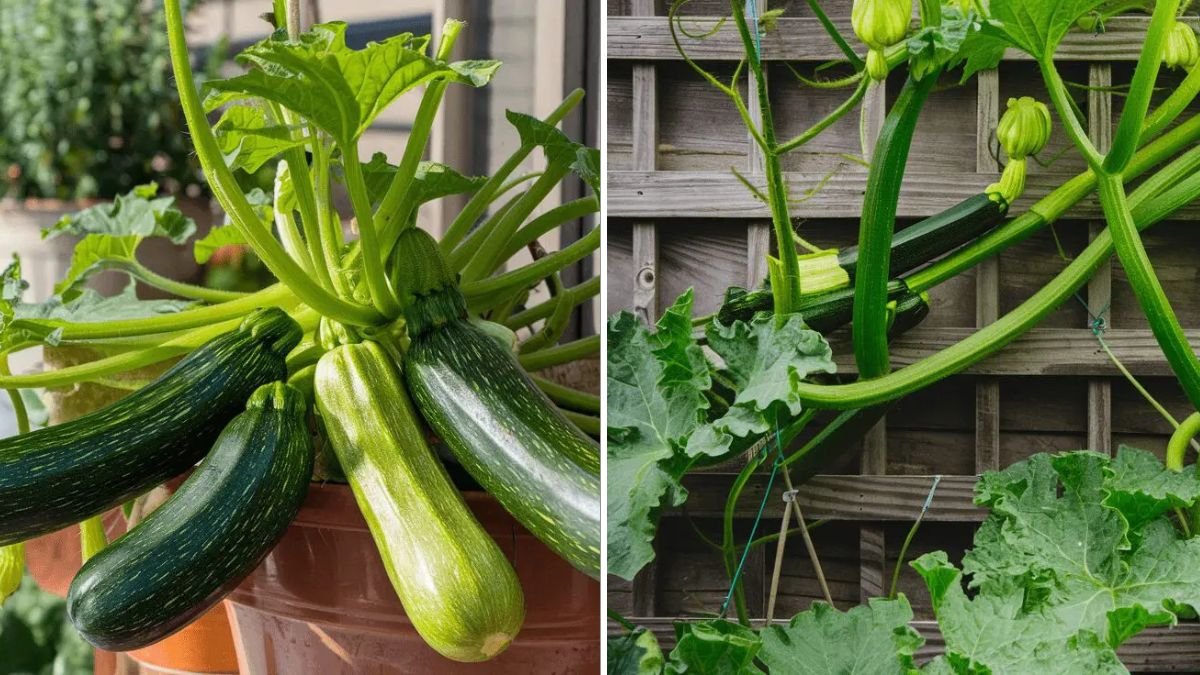Boost Your Harvest With These Proven Tips
Zucchini is one of the most rewarding vegetables to grow. Known for its fast growth, high productivity, and versatility in the kitchen, it’s a garden favorite among beginners and seasoned gardeners alike. But while zucchini can be prolific, not every gardener enjoys an abundant harvest.
If your zucchini plants are producing small fruits, few blossoms, or inconsistent yields, don’t worry—you’re not alone. The good news is that with just a few tweaks to your growing techniques, you can dramatically boost your zucchini harvest and enjoy baskets full of fresh, tender squash all season long.
In this guide, we’ll explore why zucchini yields might be low, and more importantly, how to fix it. From soil prep to pollination tips and pest control, here’s everything you need to know to grow zucchini that overflows your harvest basket.
Why You Want to Maximize Zucchini Yields
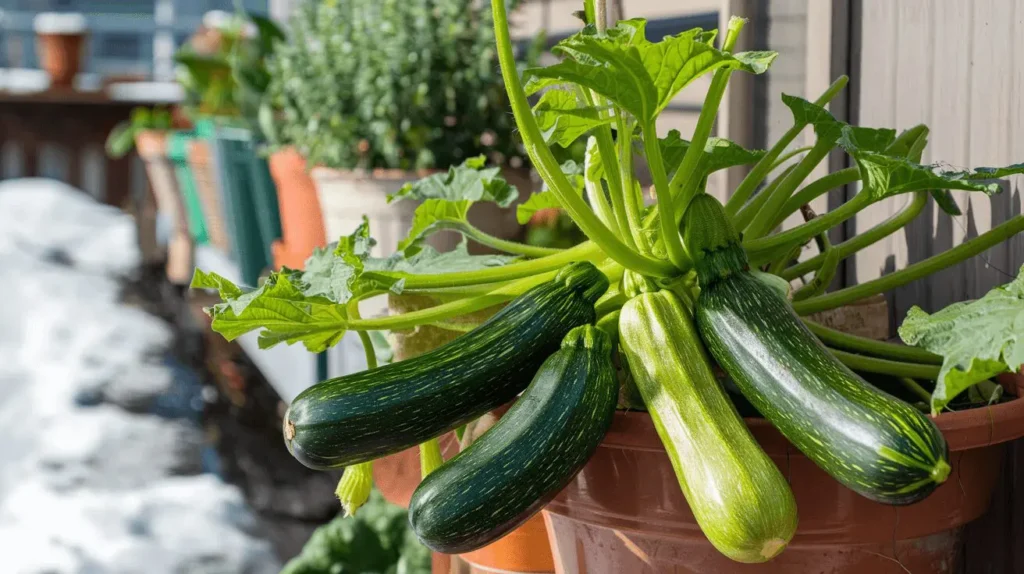
- More value from every plant
- Less garden space required for higher output
- More to freeze or share
- Consistent supply for recipes like zucchini bread, grilled slices, stir-fries, and soups
1. Choose the Right Zucchini Variety
All zucchinis are not created equal. Some varieties are naturally more productive, disease-resistant, or suited to small spaces.
High-Yield Zucchini Varieties:
- Black Beauty – Classic heirloom with excellent yields
- Raven – Dark green, compact, high producer
- Costata Romanesco – Flavorful and productive Italian variety
- Eight Ball – Round zucchinis; compact and prolific
- Golden Zucchini – Vibrant yellow color, fast grower
Tip: Choose varieties based on your growing space and goals (bush vs. vining types).
2. Prepare Rich, Fertile Soil
Zucchini is a heavy feeder. To grow vigorously and produce abundant fruit, it needs nutrient-rich soil from day one.
Soil Tips for Bigger Yields:
- Amend with compost or well-rotted manure before planting.
- Aim for a slightly acidic to neutral pH (6.0–7.0).
- Mix in organic fertilizer or balanced slow-release granules.
- Ensure well-drained soil to prevent root rot.
Tip: Raised beds or mounded rows improve drainage and warm up faster in spring, speeding up growth.
3. Plant in Full Sun and Warm Soil
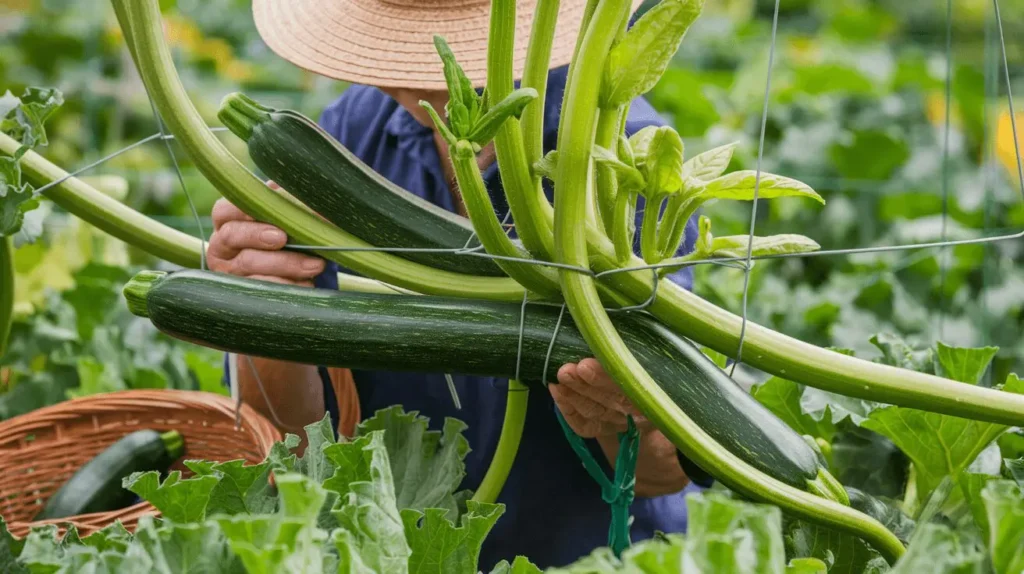
Zucchini thrives in warm, sunny conditions. Without adequate sun and heat, fruiting may slow down.
Best Conditions:
- At least 6–8 hours of direct sun per day
- Soil temperature of 65–70°F (18–21°C) at planting time
- Wait until after the last frost to sow or transplant
Tip: If your area has a short season, start seeds indoors 2–3 weeks before your last frost date.
4. Water Deeply and Consistently
Inconsistent watering is one of the biggest reasons for low yields, blossom end rot, or bitter-tasting zucchini.
Watering Best Practices:
- Water deeply once or twice per week rather than shallow daily watering.
- Maintain even soil moisture—especially during flowering and fruiting.
- Use soaker hoses or drip irrigation to water at the base and avoid wet leaves.
Tip: Mulch around the base of plants to retain moisture and reduce weeds.
5. Support Pollination (A Must for More Fruit!)
Zucchini plants have male and female flowers. For fruit to develop, pollen from male flowers must reach the female flowers. Poor pollination = no zucchini.
How to Improve Pollination:
- Attract pollinators with nearby flowers like marigolds, zinnias, or nasturtiums.
- Avoid using pesticides that harm bees.
- Hand-pollinate if bees are scarce:
- Identify a male flower (thin stem, no bulge at base).
- Use a small brush or your finger to collect pollen.
- Gently brush it onto the center of a female flower (bulbous base).
Tip: Hand-pollination can double or triple your fruit set, especially early in the season.
6. Harvest Often and Early
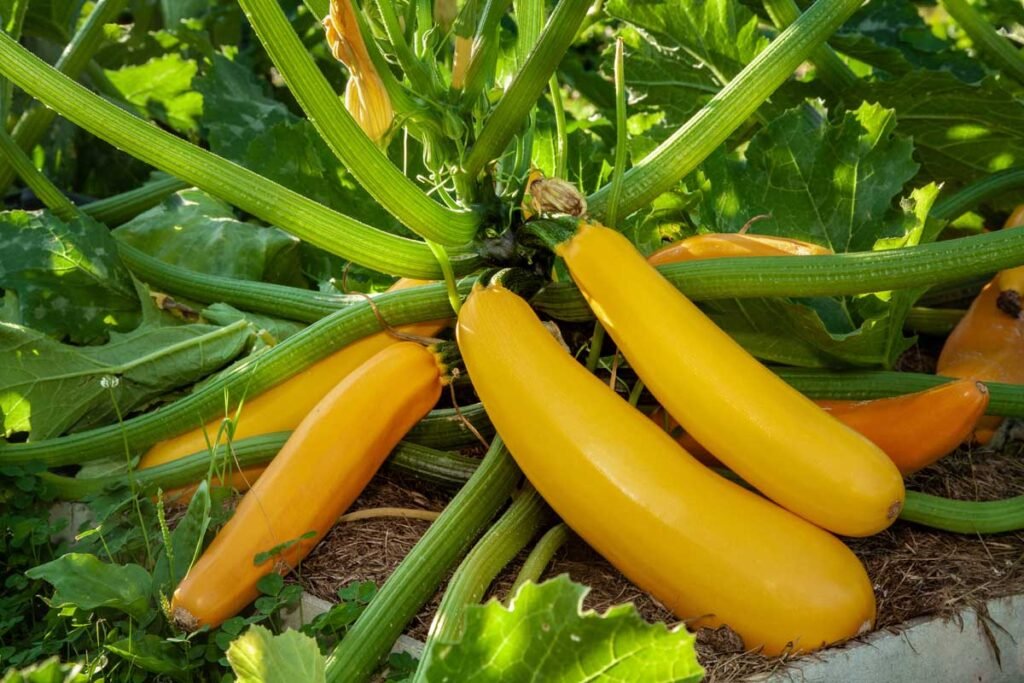
Zucchini grows very quickly, and letting fruits stay too long on the plant can actually slow down future production.
Harvest Tips:
- Pick zucchinis when they’re 6–8 inches long for the best texture and taste.
- Check plants daily during peak season—they can double in size overnight!
- Use clean shears or a knife to cut fruits (don’t twist or tear them).
Tip: The more you harvest, the more the plant produces. Regular picking signals the plant to keep producing.
7. Watch for Pests and Diseases
Nothing kills productivity faster than an unseen pest or a sneaky disease. Zucchini plants are vulnerable to several common garden problems.
Common Pests:
- Squash vine borers: Tunnel into stems and kill plants from the inside.
- Aphids: Sap-suckers that weaken plants and spread disease.
- Squash bugs: Damage leaves and reduce plant vigor.
- Cucumber beetles: Chew leaves and carry bacterial wilt.
Disease Watch:
- Powdery mildew: White powder on leaves; reduces photosynthesis.
- Downy mildew: Yellow/brown patches, especially in humid weather.
- Blossom end rot: Caused by calcium deficiency or inconsistent watering.
Organic Solutions:
- Neem oil or insecticidal soap
- Row covers for young plants
- Diatomaceous earth for soil-dwelling pests
- Remove affected leaves to prevent disease spread
Tip: Check plants daily for eggs under leaves and signs of damage.
8. Feed Your Zucchini Regularly
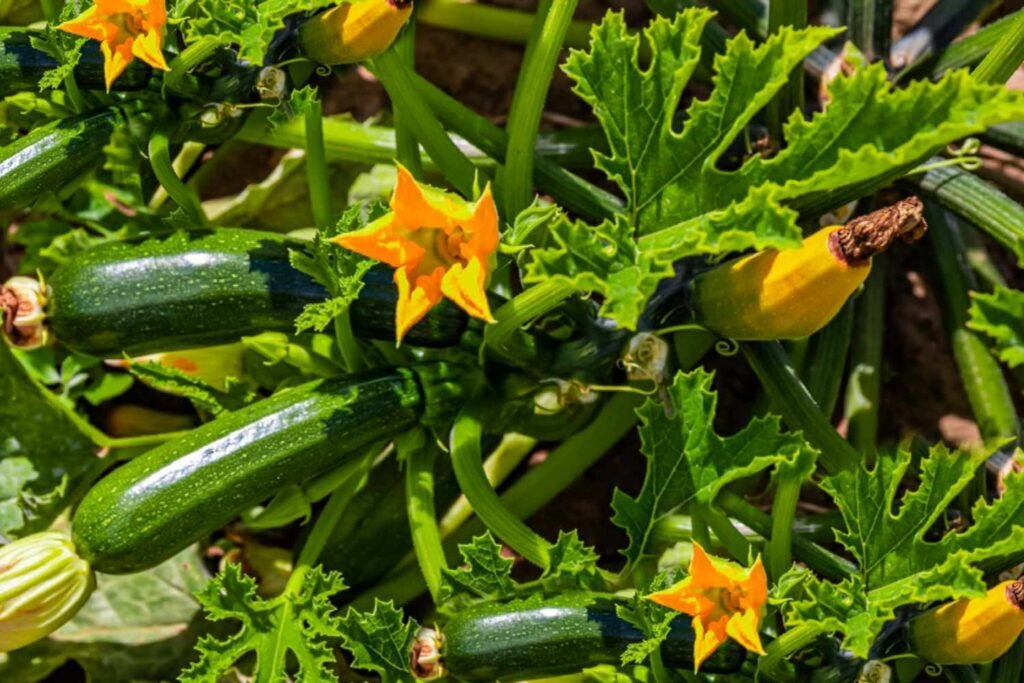
Even if you started with great soil, zucchini’s rapid growth demands ongoing nutrients.
Fertilizer Tips:
- Use a balanced fertilizer (e.g., 10-10-10) during early growth.
- Switch to a low-nitrogen, higher phosphorus and potassium blend once flowering begins to support fruiting.
- Apply every 2–3 weeks or as directed by your product.
- Tip: Don’t overdo nitrogen—it’ll produce big leaves but fewer zucchinis.
9. Space Plants Properly
Crowded plants compete for light, water, and nutrients, which reduces yields and encourages disease.
Spacing Guidelines:
- Bush varieties: 2–3 feet apart
- Vining varieties: 3–5 feet apart or grown on trellises
- Rows: 3–6 feet apart for air circulation
Tip: Give your plants space to breathe. Good airflow keeps leaves dry and reduces disease.
10. Try Succession Planting
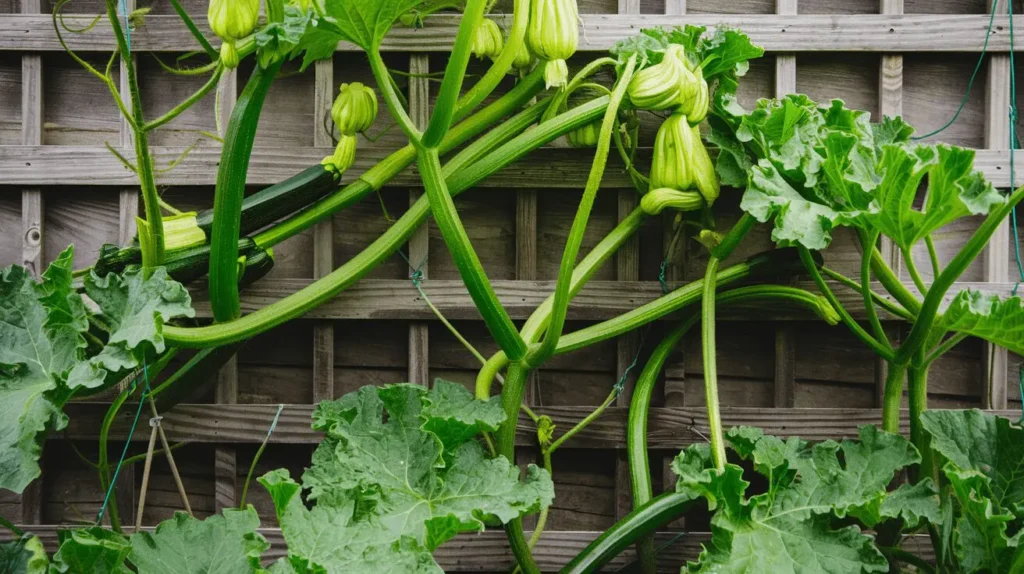
Zucchini tends to slow down later in the season, especially if affected by pests or heat.
Succession Planting Strategy:
- Plant a second round of seeds 3–4 weeks after your first.
- This ensures a fresh wave of production mid-to-late summer.
- Later plants often avoid early pest cycles.
Tip: In warm climates, you can get two full rounds of zucchini per season.
Final Thoughts: Grow Like a Pro
Zucchini may be easy to grow, but maximizing your yields requires a bit of strategy and care. By giving your plants nutrient-rich soil, consistent water, sunlight, proper spacing, and pollination support, you’ll be rewarded with an abundant, long-lasting harvest.
Remember:
- Harvest early and often
- Keep pests in check
- Feed your plants
- Don’t forget the bees!
With these tips, you’ll turn average zucchini plants into produce powerhouses, and soon, you’ll be giving away zucchinis to friends, family, and maybe even strangers!
